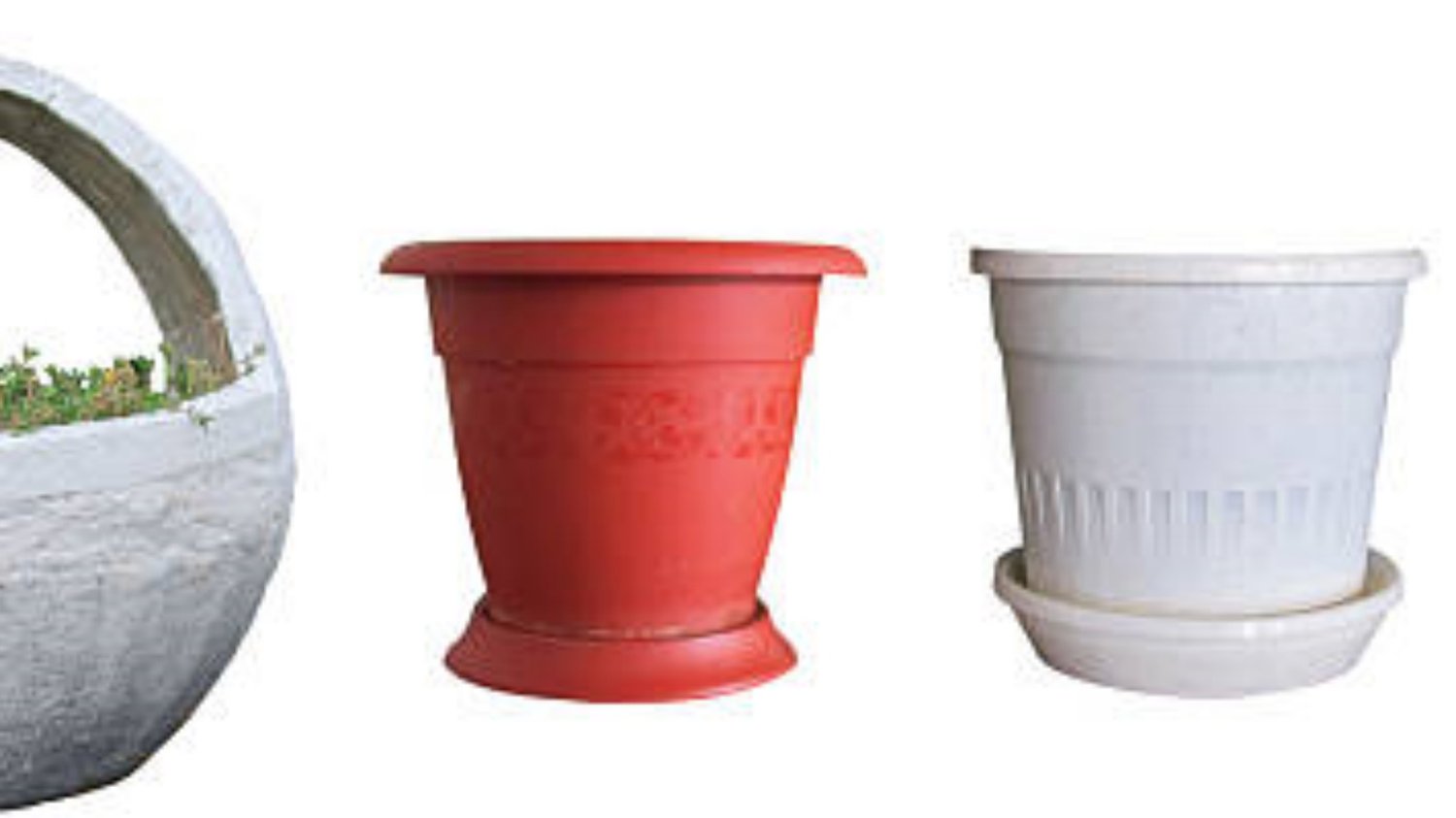What is the difference between ceramic and terracotta pots?
When it comes to choosing pots for your plants, the material they are made of can make a significant difference in their performance and aesthetics. Two popular options are ceramic and terracotta pots. While both have their own unique characteristics, understanding the differences between them can help you make an informed decision for your gardening needs.
Ceramic Pots: Stylish and Versatile
Ceramic pots are known for their beauty and versatility. They are made from clay that has been fired at high temperatures, resulting in a durable and long-lasting material. Ceramic pots come in a wide range of colors, sizes, and designs, making them a popular choice for both indoor and outdoor gardening.
One of the main advantages of ceramic pots is their ability to retain moisture. The porous nature of the clay allows water to evaporate slowly, which helps to keep the soil moist for a longer period of time. This can be particularly beneficial for plants that require consistent moisture.
Ceramic pots also offer excellent insulation, protecting plant roots from extreme temperature fluctuations. This can be especially important in regions with hot summers or cold winters. Additionally, the weight of ceramic pots provides stability, making them less likely to tip over in windy conditions.
Terracotta Pots: Natural and Breathable
Terracotta pots, also known as clay pots, have been used for centuries and are still a popular choice among gardeners. They are made from unglazed clay, which gives them their distinctive reddish-brown color. Terracotta pots are known for their natural and rustic appearance.
One of the key benefits of terracotta pots is their breathability. The porous nature of the clay allows air and moisture to pass through the walls of the pot, promoting healthy root growth. This breathability also helps to prevent overwatering and root rot, as excess moisture can easily escape.
Another advantage of terracotta pots is their ability to absorb excess water from the soil, which can help prevent waterlogged conditions. This can be particularly beneficial for plants that are prone to root rot or those that prefer drier soil.
Differences in Appearance
When it comes to aesthetics, ceramic and terracotta pots have distinct differences. Ceramic pots often have a glossy or glazed finish, giving them a sleek and modern look. They can be found in a variety of colors, patterns, and textures, allowing you to choose a pot that complements your home or garden decor.
Terracotta pots, on the other hand, have a more natural and earthy appearance. The reddish-brown color of the clay gives them a rustic and timeless charm. While they may not have the same range of colors and finishes as ceramic pots, terracotta pots can add a touch of warmth and authenticity to any garden setting.
Care and Maintenance
Both ceramic and terracotta pots require some level of care and maintenance to ensure their longevity. Ceramic pots can be prone to cracking or chipping if dropped or exposed to extreme temperature changes. It is important to handle them with care and avoid placing them in direct sunlight during hot summer days.
Terracotta pots, on the other hand, are more susceptible to frost damage. The porous nature of the clay can cause the pot to crack when exposed to freezing temperatures. To protect terracotta pots during winter, it is recommended to bring them indoors or wrap them with insulation.
Which One is Right for You?
Choosing between ceramic and terracotta pots ultimately depends on your personal preferences and gardening needs. If you prioritize style and versatility, ceramic pots may be the ideal choice for you. On the other hand, if you prefer a natural and breathable option, terracotta pots might be more suitable.
Consider factors such as the type of plants you will be growing, the climate in your area, and the overall aesthetic you want to achieve. It is also worth noting that both ceramic and terracotta pots can be used indoors or outdoors, so you can mix and match them based on your specific requirements.
In Conclusion
While both ceramic and terracotta pots have their own unique characteristics, they can both be excellent choices for your plants. Ceramic pots offer style, versatility, and moisture retention, while terracotta pots provide a natural, breathable, and absorbent environment for your plants. Ultimately, the choice between the two will depend on your personal preferences and gardening needs.

